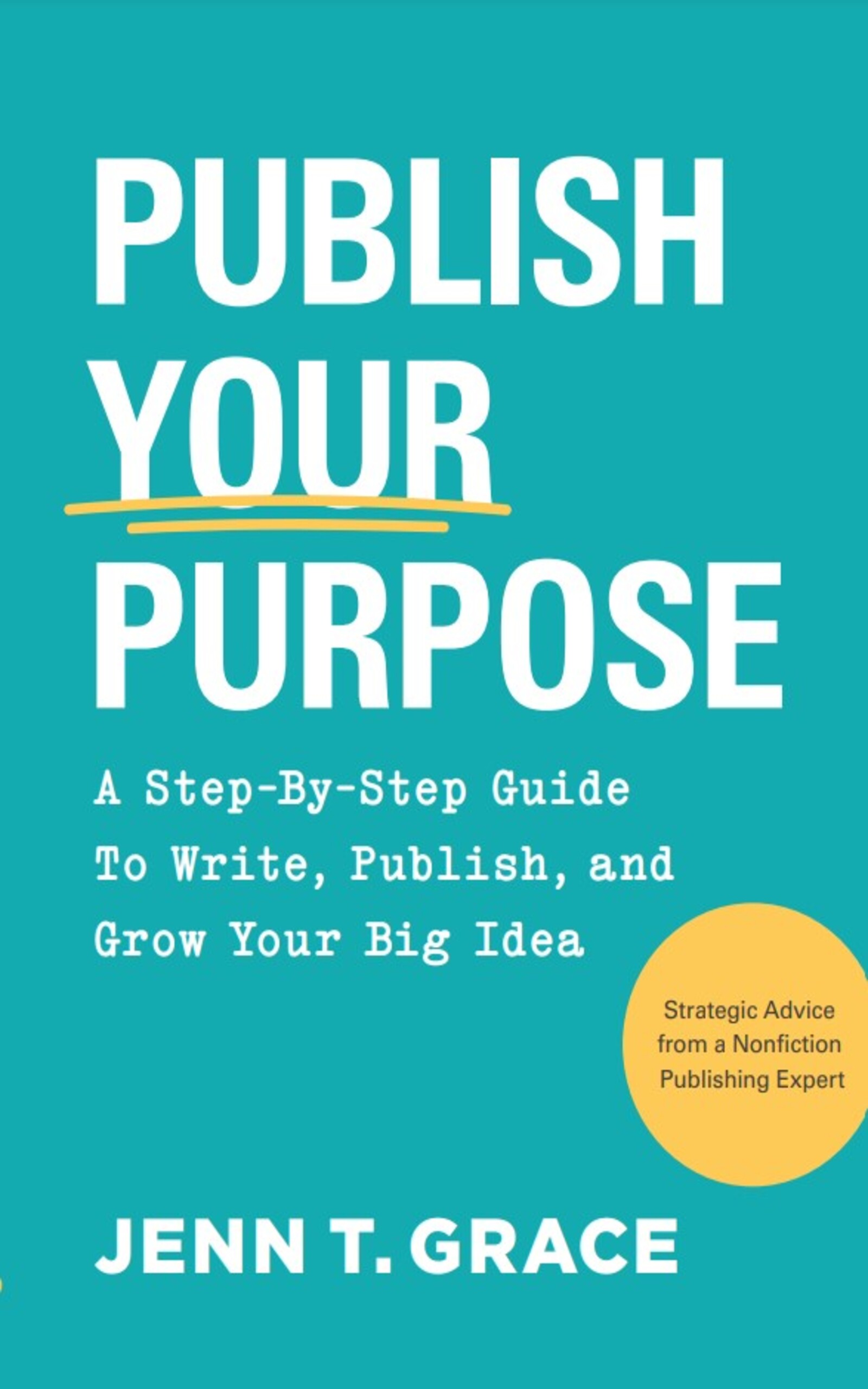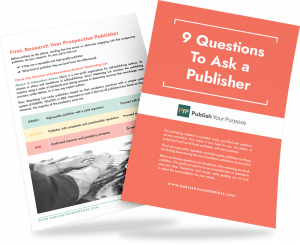Prefer to watch the Pick Your Path to Publishing webinar for a full overview? Click here to get started!
The Traditional Publishing Path: Is It Right for Today’s Authors?
Many aspiring authors view traditional publishing as the safest and most reputable route to take. After all, it has been the standard for decades, and there’s a certain allure to having a well-known publisher behind your book. However, traditional publishing may not be the best fit for most authors today. While it has its merits, it also comes with significant drawbacks that can hinder your success.
Once, traditional publishing was the go-to option for ensuring a book’s success. However, in an age dominated by digital platforms like Amazon, where production and distribution costs are lower than ever, traditional publishers are often more focused on their profits than on their authors. Additionally, as diverse voices strive for representation, traditional publishing still predominantly caters to cisgender, straight, white authors. A 2019 survey by Lee & Low Books revealed that 76% of publishing industry employees identified as white, indicating a significant lack of diversity.
Here’s Why You Might Want to Rethink Traditional Publishing:
1. Lack of Creative Control
When you sign with a traditional publisher, you often relinquish control over your book. The publisher decides everything—from the book’s cover design to its marketing strategy—leaving you with little to no say. They may even change the core themes or concepts of your book to appeal to a broader audience, potentially diluting your original message.
For authors who have a clear vision for their work, this loss of creative input can be frustrating and disheartening. Your unique voice and perspective are what make your book special, and traditional publishers may inadvertently strip that away.
2. Limited Financial Gain
Many people dream of receiving a hefty advance from a traditional publisher, but the reality is often disappointing. First-time authors usually receive a royalty advance in the thousands or tens of thousands of dollars but face low royalty rates—typically less than 10%. For instance, if your book sells for $21.99, you may only earn around $2 per sale. This means it’s difficult to earn back your advance, and many authors find themselves not seeing additional royalties at all.
Moreover, if you have an agent, they take a percentage of your advance and royalties, further cutting into your profits. Traditional publishers also typically distribute royalties only twice a year, which can create financial strain for authors relying on their book as a source of income.
3. Insufficient Marketing Support
Many authors assume that traditional publishers will handle all marketing efforts, but this is often a misconception. Publishers are selective about which books they promote heavily and may leave the bulk of the marketing up to the author. If you’re expecting a traditional publisher to do the hard work for you, be prepared for a reality check—you’ll likely need to engage in marketing your own book.
4. The Name Isn’t Everything
While the prestige of being published by a well-known house might be appealing, it often doesn’t carry the weight you think it does. Readers are more concerned with the content, cover design, and overall quality of the book than the publisher’s name. Self-publishing or working with a hybrid publisher allows you to have more control over these critical aspects.
Alternative Publishing Paths: Hybrid Publishing and Self-Publishing
If traditional publishing doesn’t seem like the right fit, consider hybrid publishing or self-publishing:
- Hybrid Publishing: This route allows you to retain the rights to your book and gives you much more creative control. Hybrid publishers typically offer higher royalty rates (up to 85% at Publish Your Purpose) and provide guidance throughout the publishing process.
- Self-Publishing: This option grants you complete autonomy, allowing you to keep all profits from book sales. However, it also requires you to manage all aspects of the publishing process, which can be challenging, especially for first-time authors.
Conclusion: Choose Your Path Wisely
Ultimately, no publishing path is 100% perfect, but hybrid publishing or self-publishing will ensure that you have a say in how your book turns out while also making it easier for you to earn the revenue you deserve from your book. We at PYP would love to help you on your book journey and are happy to aid you in any capacity you need.
To help you further explore your publishing options and better understand your specific needs, we invite you to download Chapter 11: Your Publishing Needs, Wants, and Desires for free. This resource will provide valuable insights to guide your decision-making process. If you have more questions about what might be the right type of publishing for you, feel free to reach out to us!
Sign up for our webinar to learn everything you need to know to pick the right path to publishing your book.





